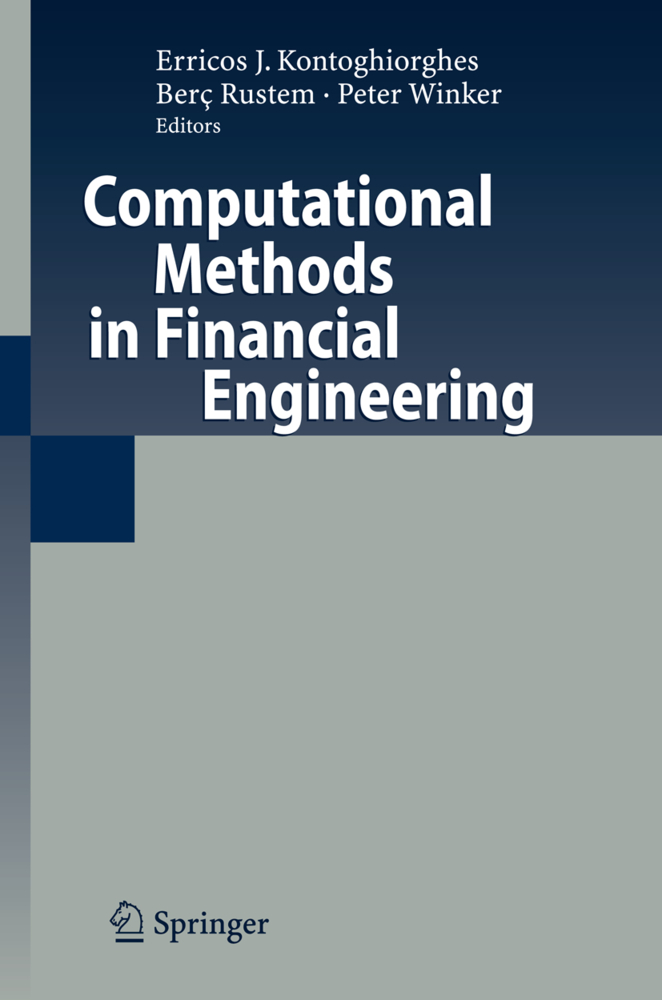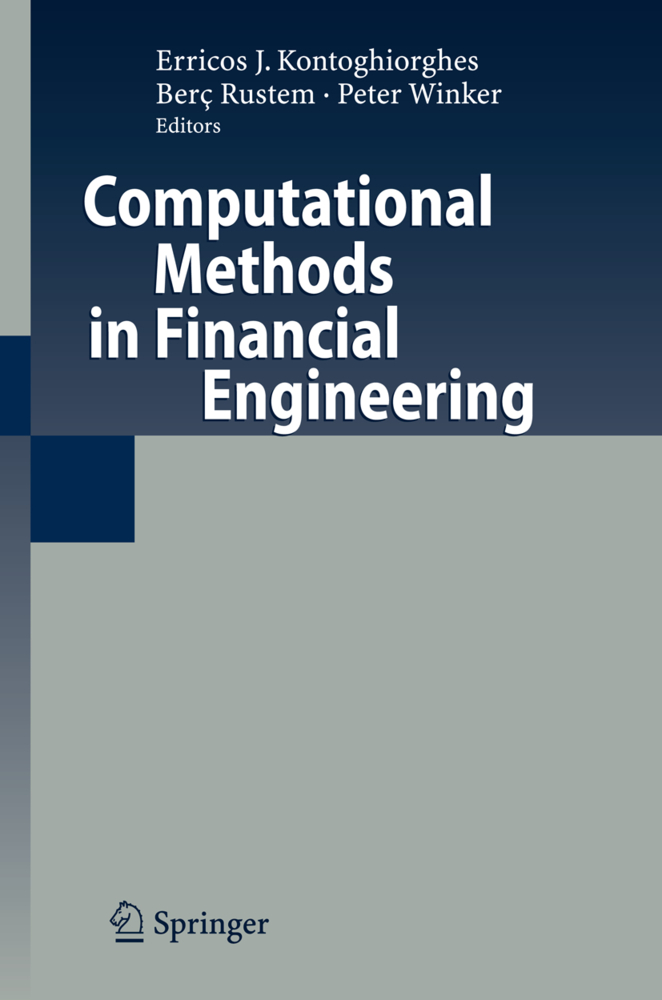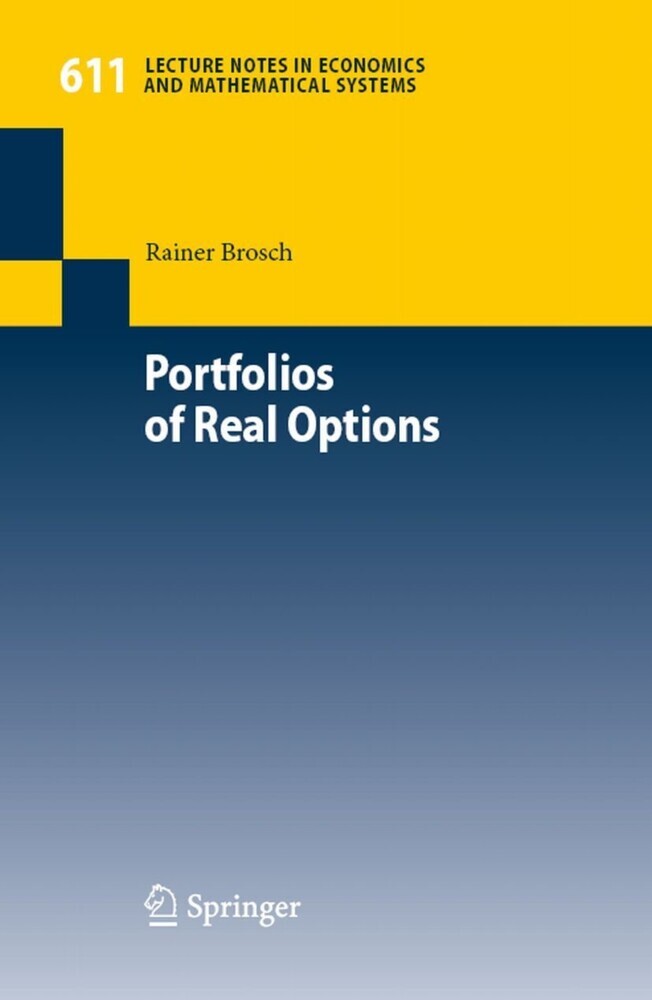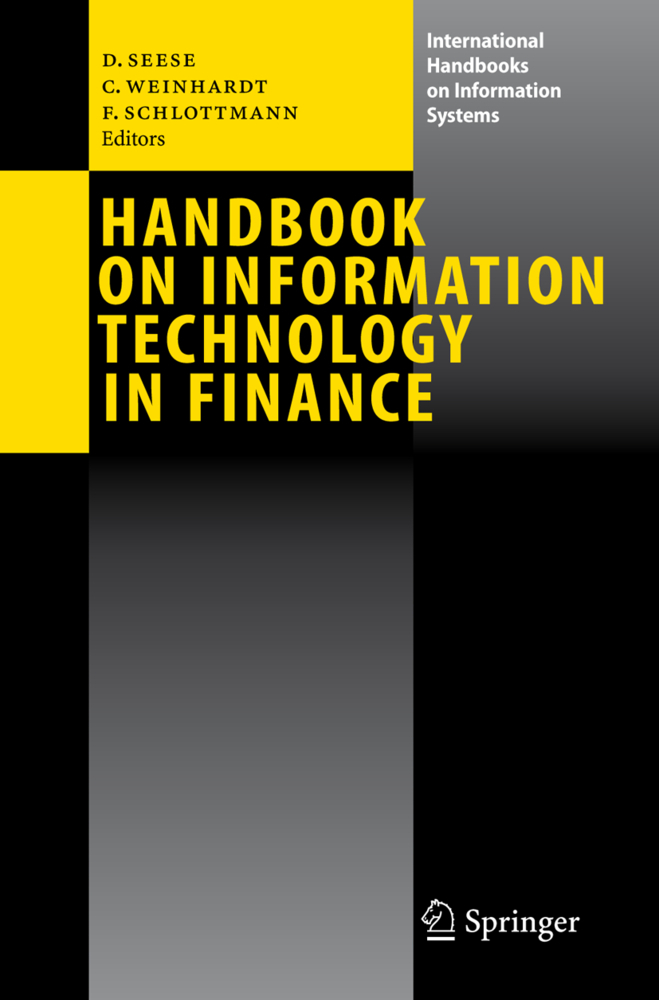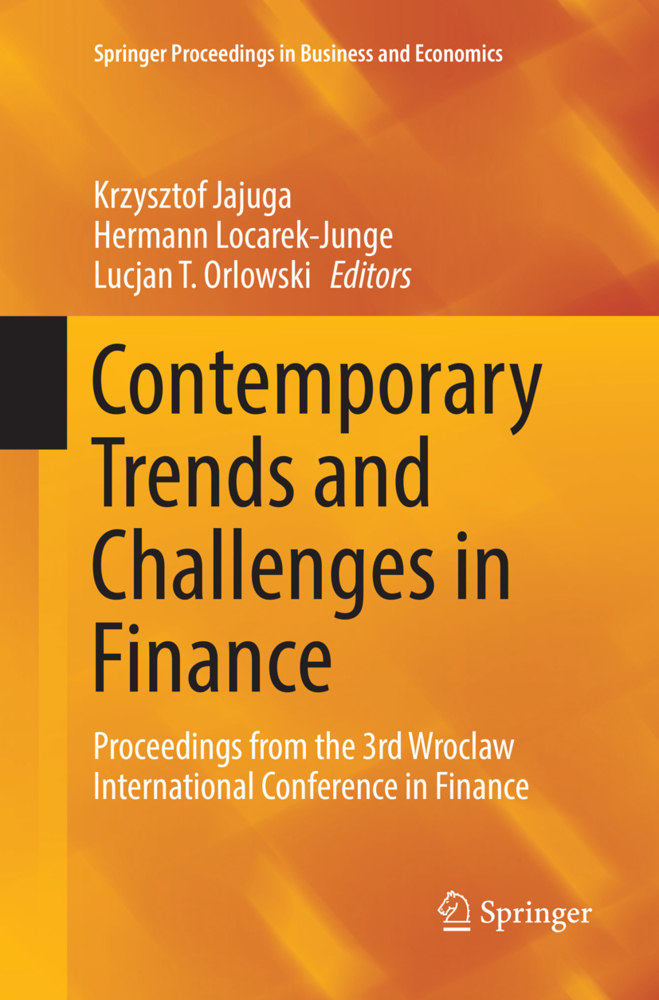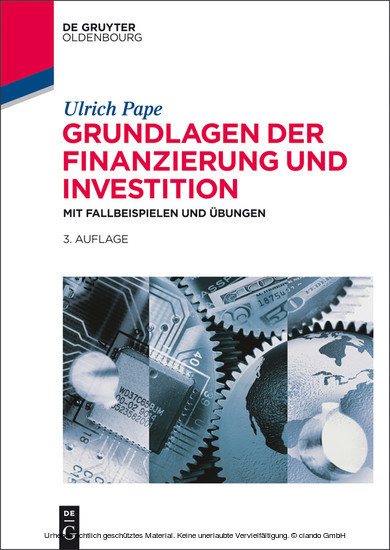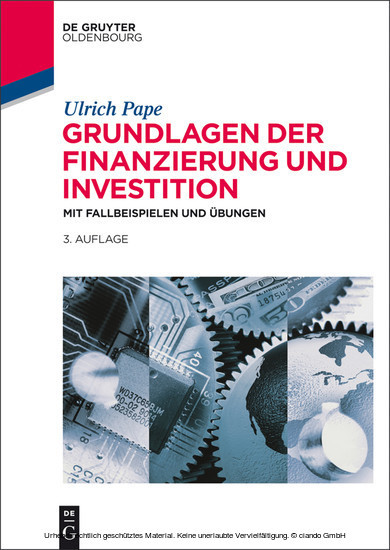A Game Theory Analysis of Options
Corporate Finance and Financial Intermediation in Continuous Time
A Game Theory Analysis of Options
Corporate Finance and Financial Intermediation in Continuous Time
Modern option pricing theory was developed in the late sixties and early seventies by F. Black, R. e. Merton and M. Scholes as an analytical tool for pricing and hedging option contracts and over-the-counter warrants. How ever, already in the seminal paper by Black and Scholes, the applicability of the model was regarded as much broader. In the second part of their paper, the authors demonstrated that a levered firm's equity can be regarded as an option on the value of the firm, and thus can be priced by option valuation techniques. A year later, Merton showed how the default risk structure of cor porate bonds can be determined by option pricing techniques. Option pricing models are now used to price virtually the full range of financial instruments and financial guarantees such as deposit insurance and collateral, and to quantify the associated risks. Over the years, option pricing has evolved from a set of specific models to a general analytical framework for analyzing the production process of financial contracts and their function in the financial intermediation process in a continuous time framework. However, very few attempts have been made in the literature to integrate game theory aspects, i. e. strategic financial decisions of the agents, into the continuous time framework. This is the unique contribution of the thesis of Dr. Alexandre Ziegler. Benefiting from the analytical tractability of contin uous time models and the closed form valuation models for derivatives, Dr.
1.2 Game Theory Basics: Backward Induction and Subgame Perfection
1.3 Option Pricing Basics: The General Contingent Claim Equation
1.4 The Method of Game Theory Analysis of Options
1.5 When is the Method Appropriate?
1.6 What Kind of Problems is the Method Particularly Suited for?
1.7 An Example: Determining the Price of a Perpetual Put Option
1.8 Outline of the Book
2 Credit and Collateral
2.1 Introduction
2.2 The Risk-Shifting Problem
2.3 The Observability Problem
2.4 Conclusion
3 Endogenous Bankruptcy and Capital Structure
3.1 Introduction
3.2 The Model
3.3 The Value of the Firm and its Securities
3.4 The Effect of Capital Structure on the Firm's Bankruptcy Decision
3.5 The Investment Decision
3.6 The Financing Decision
3.7 An Incentive Contract
3.8 The Impact of Payouts
3.9 Conclusion
4 Junior Debt
4.1 Introduction
4.2 The Model
4.3 The Value of the Firm and its Securities
4.4 The Equity Holders' Optimal Bankruptcy Choice
4.5 The Firm's Decision to Issue Junior Debt
4.6 The Influence of Junior Debt on the Value of Senior Debt
4.7 Conclusion
5 Bank Runs
5.1 Introduction
5.2 The Model
5.3 The Depositors' Run Decision
5.4 Valuing the Bank's Equity
5.5 The Shareholders' Recapitalization Decision
5.6 The Bank's Investment Incentives when Bank Runs are Possible
5.7 The Bank's Funding Decision
5.8 Determining the Equilibrium Deposit Spread
5.9 Conclusion
6 Deposit Insurance
6.1 Introduction
6.2 The Model
6.3 Valuing Deposit Insurance, Bank Equity and Social Welfare
6.4 The Guarantor's Liquidation Strategy and Social Welfare
6.5 The Incentive Effects of Deposit Insurance
6.6 The Impact of Deposit Insurance on theEquilibrium Deposit Spread
6.7 Deposit Insurance with Liquidation Delays
6.8 Deposit Insurance with Unobservable Asset Value
6.9 Conclusion
7 Summary and Conclusion
References
List of Figures
List of Symbols.
1 Methodological Issues
1.1 Introduction1.2 Game Theory Basics: Backward Induction and Subgame Perfection
1.3 Option Pricing Basics: The General Contingent Claim Equation
1.4 The Method of Game Theory Analysis of Options
1.5 When is the Method Appropriate?
1.6 What Kind of Problems is the Method Particularly Suited for?
1.7 An Example: Determining the Price of a Perpetual Put Option
1.8 Outline of the Book
2 Credit and Collateral
2.1 Introduction
2.2 The Risk-Shifting Problem
2.3 The Observability Problem
2.4 Conclusion
3 Endogenous Bankruptcy and Capital Structure
3.1 Introduction
3.2 The Model
3.3 The Value of the Firm and its Securities
3.4 The Effect of Capital Structure on the Firm's Bankruptcy Decision
3.5 The Investment Decision
3.6 The Financing Decision
3.7 An Incentive Contract
3.8 The Impact of Payouts
3.9 Conclusion
4 Junior Debt
4.1 Introduction
4.2 The Model
4.3 The Value of the Firm and its Securities
4.4 The Equity Holders' Optimal Bankruptcy Choice
4.5 The Firm's Decision to Issue Junior Debt
4.6 The Influence of Junior Debt on the Value of Senior Debt
4.7 Conclusion
5 Bank Runs
5.1 Introduction
5.2 The Model
5.3 The Depositors' Run Decision
5.4 Valuing the Bank's Equity
5.5 The Shareholders' Recapitalization Decision
5.6 The Bank's Investment Incentives when Bank Runs are Possible
5.7 The Bank's Funding Decision
5.8 Determining the Equilibrium Deposit Spread
5.9 Conclusion
6 Deposit Insurance
6.1 Introduction
6.2 The Model
6.3 Valuing Deposit Insurance, Bank Equity and Social Welfare
6.4 The Guarantor's Liquidation Strategy and Social Welfare
6.5 The Incentive Effects of Deposit Insurance
6.6 The Impact of Deposit Insurance on theEquilibrium Deposit Spread
6.7 Deposit Insurance with Liquidation Delays
6.8 Deposit Insurance with Unobservable Asset Value
6.9 Conclusion
7 Summary and Conclusion
References
List of Figures
List of Symbols.
Ziegler, Alexandre C.
| ISBN | 978-3-642-05846-2 |
|---|---|
| Artikelnummer | 9783642058462 |
| Medientyp | Buch |
| Auflage | 2. Aufl. |
| Copyrightjahr | 2010 |
| Verlag | Springer, Berlin |
| Umfang | XVI, 176 Seiten |
| Abbildungen | XVI, 176 p. |
| Sprache | Englisch |



